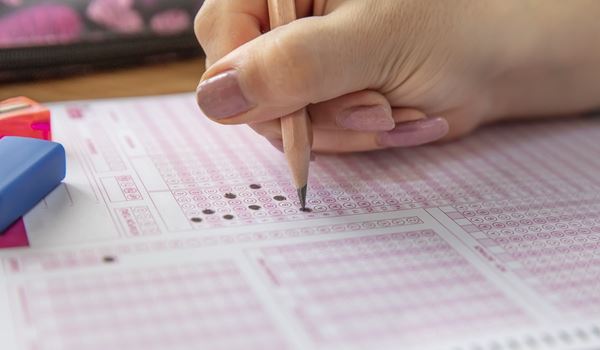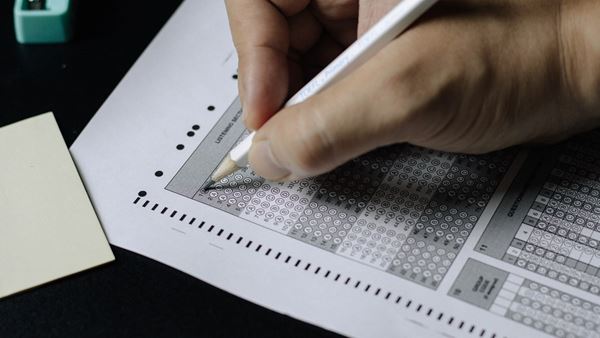What Does My New SAT Score Mean?
If you’re a high school junior who just received a copy of your March SAT scores, chances are good that you’re pretty pleased with the results. Students from across the country are reporting higher than expected outcomes on the redesigned SAT exam, in some cases boasting 100+ point improvements from the PSAT to the SAT. All of this sounds like great news, right? Why shouldn’t students be thrilled that their March SATs now put them within range for some of their more competitive “dream” colleges? Unfortunately, it’s not quite so simple. If you really want to know what your March SAT scores mean, you’ll need to check out the newly released SAT Score Converter – a handy little tool that shows exactly how your new scores compare to the “old” SAT scale colleges currently employ. (And for those folks looking for additional information, I advise you to dig into this document from the College Board, which gives a number-by-number comparison for all varieties of SAT scores.)
But wait a minute...I thought that the redesigned SAT was just returning to the same old 1600 scale. Can’t I compare “old” and “new” SAT scores by simply removing the Writing component from my older SATs? Why do I need a score converter?
It seems perfectly rational to assume that CR (Critical Reading) scores from the old SAT and ERW (Evidence-Based Reading & Writing) scores from the redesigned SAT would be equivalent. And that the same must hold true for old and new Math scores, too. After all, each of these sections is graded on a 200-800 point scale. So, logically:
- Old SAT: CR 620 + M 580 = 1200
- New SAT: ERW 620 + M 580 = 1200






